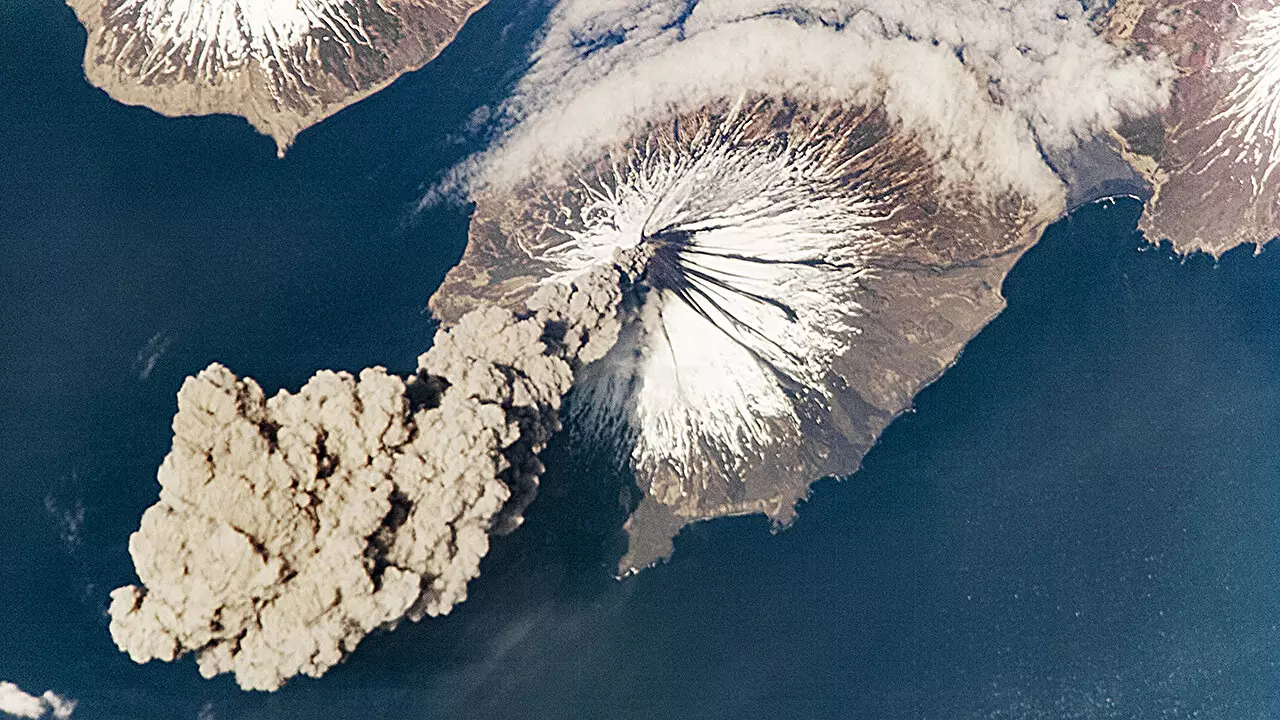Subduction zones embody one of the most fascinating yet complex processes on our planet: the interaction between tectonic plates, particularly when one plate sinks beneath another. This phenomenon is not merely a geological curiosity; it is central to understanding the geological features we observe, including volcanism and seismic activity, as well as their broader implications for Earth’s water cycle. Recent research has shed light on the nuanced dynamics of water release from subducting oceanic plates, revealing a relationship between hydration levels in the mantle and the ongoing evolution of these tectonic interactions.
What Lies Beneath: The Role of Water in Mantle Hydration
The concept that oceanic plates can ‘leak’ water into the earth’s mantle is essential for comprehending how subduction zones contribute to volcanic activity. The interplay of heat and pressure allows water, contained within these descending plates, to migrate upwards. Notably, this process significantly influences the stability of minerals in the surrounding mantle. A new study published in AGU Advances by G. S. Epstein and collaborators meticulously analyzed how the fluctuating rates of water release impact mantle hydration. Their meticulous modeling considered a 90-million-year-old plate pushing beneath a younger 10-million-year-old plate and scrutinized the water presence within the fore-arc mantle wedge.
A Geological Sweet Spot: The Phase of Optimal Hydration
One of the most compelling discoveries of this research was the notion of a ‘sweet spot’ for mantle hydration during the middle phase of subduction. In the early stages, although the slab was losing water, temperatures in the fore-arc wedge were excessively high to stabilize water-bearing minerals. This led to fluids rapidly moving through the wedge, often facilitating melting processes that create volcanic activity. Conversely, during the mature stages of subduction, hydration efficiency fell as the descending slab passed beyond the fore-arc region. This is where the study reveals a turning point—it’s during the rapid descent of the slab that conditions are ripe for maximizing water absorption into the mantle.
Greater Implications: A Record of Earth’s Water Content
The implications of this research extend well beyond academic curiosity; they offer a fresh perspective on global water cycles. If Earth’s fore-arc mantle wedges contain approximately ten times more water than previously understood—equivalent to an astonishing 0.4% of the water found in our oceans—the possibilities for understanding subsurface interactions with our atmosphere are striking. Such insights pave the way for forecasting seismic events and volcanic eruptions, crucial for disaster preparedness in regions prone to these natural hazards.
Connecting the Dots: Water, Subduction, and Global Systems
As researchers continue to explore the dynamic processes of Earth’s interior, a clearer picture emerges of how subduction zones serve as critical conduits for water movement between the lithosphere, hydrosphere, and even the atmosphere. These studies not only deepen our geological understanding but also emphasize the intricate connections between the Earth’s elements. It’s a reminder that what happens thousands of miles beneath our feet can ultimately influence weather patterns, ocean conditions, and even climate change. As we unlock these geological secrets, we begin to appreciate the delicate balance that sustains life on our planet.

